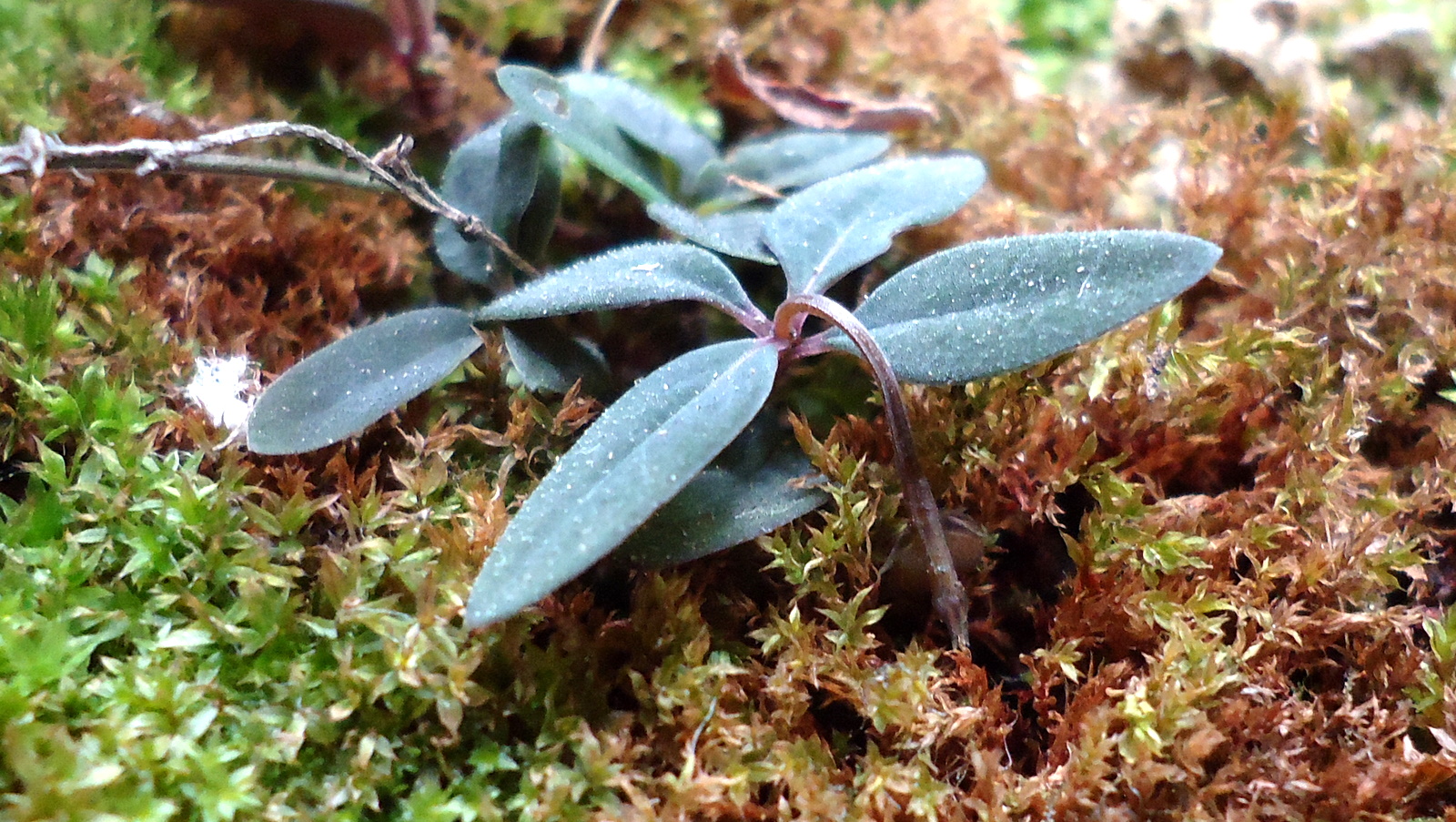Geocarpy on:
[Wikipedia]
[Google]
[Amazon]

 Geocarpy is "an extremely rare means of plant reproduction", in which
Geocarpy is "an extremely rare means of plant reproduction", in which

 Geocarpy is "an extremely rare means of plant reproduction", in which
Geocarpy is "an extremely rare means of plant reproduction", in which plant
Plants are predominantly photosynthetic eukaryotes of the kingdom Plantae. Historically, the plant kingdom encompassed all living things that were not animals, and included algae and fungi; however, all current definitions of Plantae exclud ...
s produce diaspores within the soil
Soil, also commonly referred to as earth or dirt, is a mixture of organic matter, minerals, gases, liquids, and organisms that together support life. Some scientific definitions distinguish ''dirt'' from ''soil'' by restricting the former te ...
. This may occur with subterranean flowers (protogeocarpy), or from aerial flowers, parts of which penetrate the soil after flowering (hysterocarpy). It has evolved
Evolution is change in the heritable characteristics of biological populations over successive generations. These characteristics are the expressions of genes, which are passed on from parent to offspring during reproduction. Variation t ...
as an effective means of ensuring a suitable environment for the plant's offspring.
Geocarpy is also linked with solifluction
Solifluction is a collective name for gradual processes in which a mass moves down a slope ("mass wasting") related to freeze-thaw activity. This is the standard modern meaning of solifluction, which differs from the original meaning given to it ...
soils, where rapid thawing and freezing of surface soil causes almost continuous movement. This phenomenon is prevalent in high altitude areas of East Africa
East Africa, Eastern Africa, or East of Africa, is the eastern subregion of the African continent. In the United Nations Statistics Division scheme of geographic regions, 10-11-(16*) territories make up Eastern Africa:
Due to the historical ...
. In order to reproduce, geocarpic plants bend their stems so that the fruit can be embedded in the soil during the freezing process while the fruit is still attached to the plant itself.
Geocarpy is most frequent in tropical
The tropics are the regions of Earth surrounding the Equator. They are defined in latitude by the Tropic of Cancer in the Northern Hemisphere at N and the Tropic of Capricorn in
the Southern Hemisphere at S. The tropics are also referred to ...
or semi-desert
A semi-arid climate, semi-desert climate, or steppe climate is a dry climate sub-type. It is located on regions that receive precipitation below potential evapotranspiration, but not as low as a desert climate. There are different kinds of semi-ar ...
areas, and geocarpic species may be found in the families Araceae
The Araceae are a family of monocotyledonous flowering plants in which flowers are borne on a type of inflorescence called a spadix. The spadix is usually accompanied by, and sometimes partially enclosed in, a spathe (or leaf-like bract). Also ...
, Begoniaceae
Begoniaceae is a family of flowering plants with two genera and about 2040 species occurring in the subtropics and tropics of both the New World and Old World. All but one of the species are in the genus ''Begonia''. There have been many recent d ...
, Brassicaceae
Brassicaceae () or (the older) Cruciferae () is a medium-sized and economically important family of flowering plants commonly known as the mustards, the crucifers, or the cabbage family. Most are herbaceous plants, while some are shrubs. The le ...
(Cruciferae), Callitrichaceae, Convolvulaceae
Convolvulaceae (), commonly called the bindweeds or morning glories, is a family of about 60 genera and more than 1,650 species. These species are primarily herbaceous vines, but also include trees, shrubs and herbs. The tubers of several spec ...
, Cucurbitaceae
The Cucurbitaceae, also called cucurbits or the gourd family, are a plant family consisting of about 965 species in around 95 genera, of which the most important to humans are:
*''Cucurbita'' – squash, pumpkin, zucchini, some gourds
*''Lagena ...
, (Leguminosae), Loganiaceae
The Loganiaceae are a family of flowering plants classified in order Gentianales. The family includes up to 13 genera, distributed around the world's tropics. There are not any great morphological characteristics to distinguish these taxa from o ...
, Moraceae
The Moraceae — often called the mulberry family or fig family — are a family of flowering plants comprising about 38 genera and over 1100 species. Most are widespread in tropical and subtropical regions, less so in temperate climates; however ...
and Rubiaceae
The Rubiaceae are a family of flowering plants, commonly known as the coffee, madder, or bedstraw family. It consists of terrestrial trees, shrubs, lianas, or herbs that are recognizable by simple, opposite leaves with interpetiolar stipules ...
. The best-known example is the peanut
The peanut (''Arachis hypogaea''), also known as the groundnut, goober (US), pindar (US) or monkey nut (UK), is a legume crop grown mainly for its edible Seed, seeds. It is widely grown in the tropics and subtropics, important to both small ...
, ''Arachis hypogaea''.
References
Botany {{Ecology-stub